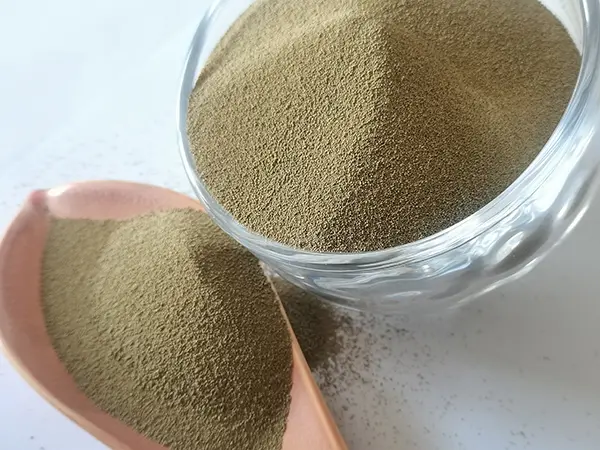Understanding Ceramsite A Versatile Lightweight Aggregate
Ceramsite, a lightweight aggregate material, has gained prominence in various construction and environmental applications. This innovative material is derived from the controlled firing of clay, shale, or slate at high temperatures, resulting in spherical granules with a porous structure. Its unique properties make ceramsite a popular choice in the construction industry, landscaping, and even in various agricultural practices.
One of the most notable features of ceramsite is its lightweight nature. This characteristic significantly reduces the overall weight of concrete and other building materials, making them easier to handle and transport. The use of ceramsite in concrete mixtures not only enhances structural performance but also improves thermal insulation, reducing energy costs for heating and cooling buildings. As a result, ceramsite is often used in the production of lightweight concrete blocks, slabs, and precast components.
In addition to its structural benefits, ceramsite has excellent water retention and drainage properties
. This makes it an ideal material for landscaping applications, particularly in the creation of green roofs and urban gardens. Ceramsite can help retain moisture while allowing excess water to drain away, promoting healthy plant growth and reducing the need for frequent irrigation. Furthermore, its low density contributes to a reduced load on building structures, making it a great choice for urban environments where space is limited.ceramsite

Ceramsite also plays a crucial role in environmental applications. As an aggregate, it can be utilized in wastewater treatment systems, where it aids in the filtration and purification processes. Its porous structure provides a conducive environment for beneficial microbial activity, which is essential for breaking down pollutants in water. Additionally, ceramsite is often used in the production of lightweight aggregate concrete used in infrastructure projects, promoting the use of sustainable materials in construction.
The versatility of ceramsite does not end there; it is also employed in hydroponics systems, where it serves as a growth medium for plants. Due to its neutral pH and inert nature, ceramsite is an excellent option for supporting root systems while maintaining aeration and drainage. This application has seen a rise in popularity, especially among urban gardeners and commercial horticulturists seeking sustainable farming solutions.
In conclusion, ceramsite is a remarkable material with a wide range of applications that benefit both construction and environmental sectors. Its lightweight nature, excellent insulation properties, and beneficial effects on plant growth make it a valuable resource in today’s sustainable development efforts. As the demand for eco-friendly materials continues to grow, ceramsite will likely play an increasingly significant role in shaping the future of construction and agriculture.
Post time:ספט . 08, 2024 16:35
Next:Песок для литья
